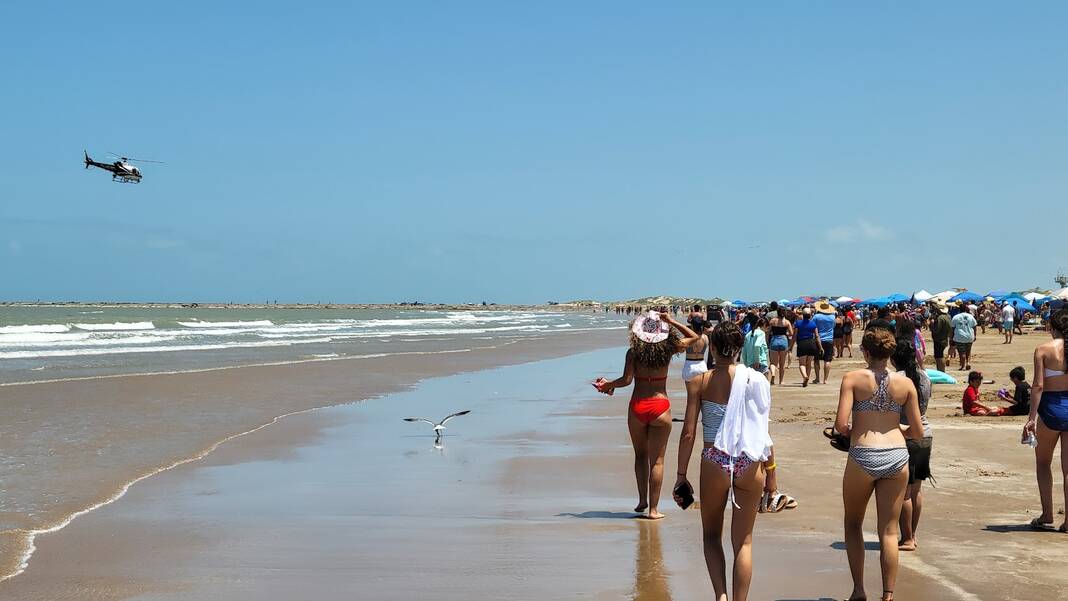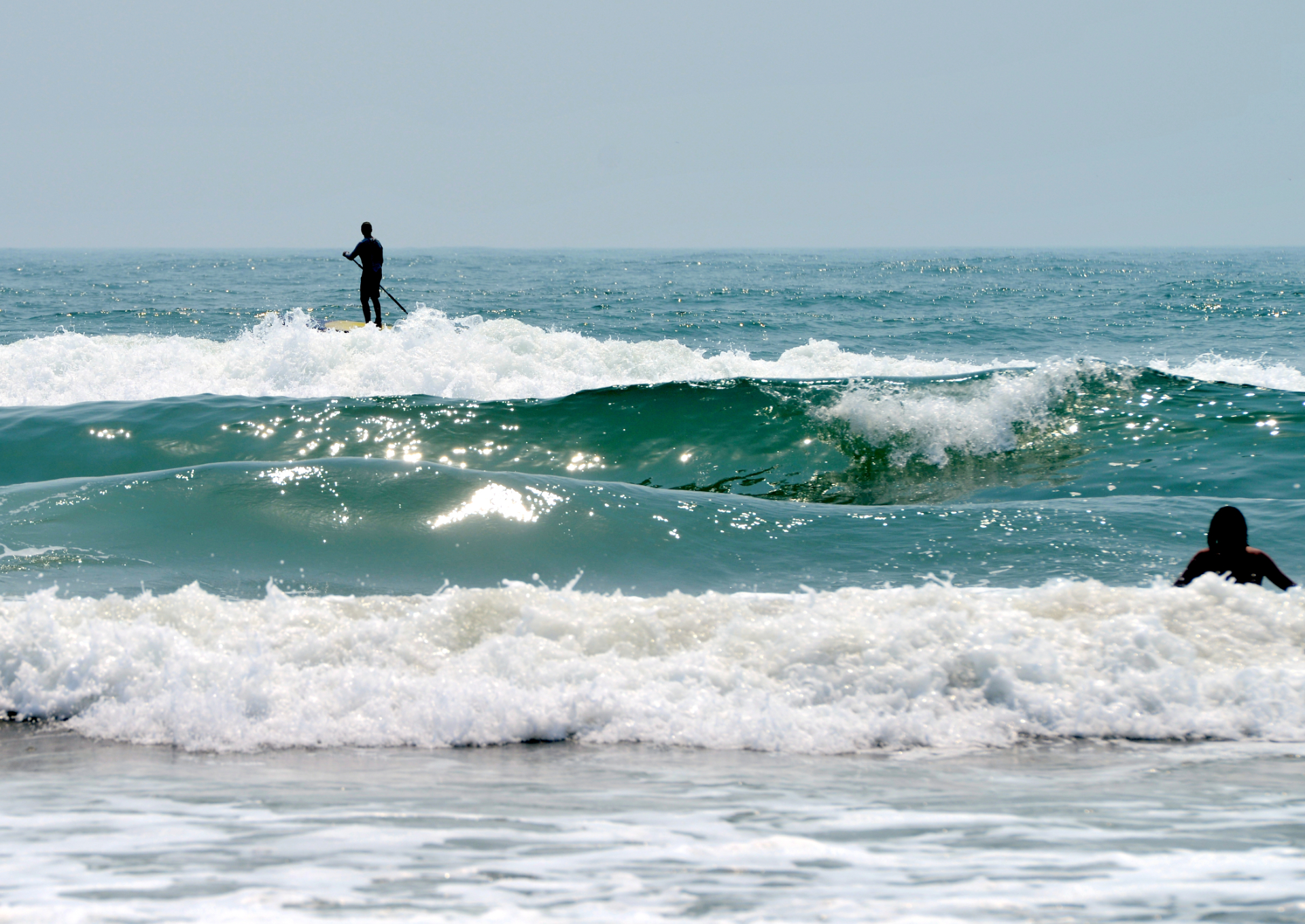|
Only have a minute? Listen instead
Getting your Trinity Audio player ready...
|
Recent shark attacks off the coast of South Padre Island, just weeks after a teenage swimmer drowned in the same waters, are an alarming reminder that a refreshing dip in the Gulf of Mexico always carries risks.
At least four people encountered a shark in the waters off the island on July 4; two were bitten severely enough to require trips to the hospital, although none of the attacks was fatal. All the encounters seem to have been with the same lone shark, according to sources including the Texas Department of Public Safety, which spotted and tracked the shark by helicopter.
As with so many other matters these days, it’s hard to separate the truth from assumptions, or even possible questionable information that’s meant to promote personal viewpoints.
Some analysts and organizations, including the Florida’s International Shark File, report that sharks attacks are increasing, and some blame climate change. Other experts say attacks haven’t increased significantly and actually has decreased per capita, relative to increased numbers of people going to the beach and entering the waters. Gavin Naylor, who manages the the International Shark Attack File at the Florida Museum of Natural History, recently told USA Today that shark bites this year nationally are “very typical … no different from any other year.”

Some analysts report that the growth of human water activities including surfing and boogie boarding also coincides with an increase in shark populations probably caused by conservation efforts that include stricter laws against shark fishing.
Most experts agree that sharks expand their range when water temperatures rise, perhaps because warmer waters spawn more algae and plankton, which draws smaller fish and other creatures upon which the sharks feed — the raptors are merely going where the food is. It’s a food chain thing.
Waters in the Atlantic Ocean, including the gulf, are rising, although it’s debatable whether it’s related to permanent climate change or merely the onset of El Niño, a cyclical warming trend that will reverse itself when trade winds shift.
Regardless of changing conditions or any causal effect they might have on our open seas, we’re never alone when we enter the waters; they’re teeming with marine life, both large and small. In fact, many island visitors are drawn by the chance to see the popular dolphins that share the waters with us. We just need to remember that those dorsal fins gliding through the waves might not always be dolphins.
Fortunately, shark attacks remain rare. Unfortunately, they aren’t the only hazards hidden beneath the waves; beachgoers also should watch out for possible encounters with jellyfish and other wildlife whose homes we invade when we wade into the waters.
However, the incidents serve to remind us that we always should be alert and cautious when we visit the beach, and heed any alerts and warnings that might be broadcast or posted.
We hope no one suffers another injury due to an encounter with a shark or other creature in the gulf. Knowing the risk exists and remaining alert can help increase the chances of a safe and enjoyable trip.
RELATED READING:
At least 3 ‘extremely rare’ shark attacks shock South Padre Island coastline




